How to Analyze a Rental Property in Under 10 Minutes
Rental Property Analysis: Why It Shouldn’t Take You All Day
how to analyze a rental property, rental property analysis, real estate investing tips
If it’s taking you two hours, three spreadsheets, and a mild existential crisis to analyze a single rental property... you’re doing too much.
Here’s the truth most beginners don’t hear: you’re not trying to perfectly underwrite every property that pops up. You’re trying to weed out the losers fast, so you can spend real time on the winners.
That’s where the 10-minute deal analysis comes in.
This isn’t about cutting corners. It’s about using proven filters to cut through the noise, eliminate bad fits, and zero in on the stuff that might actually build wealth. Because when you’re scrolling Zillow or evaluating off-market deals from wholesalers, speed is survival. If it takes you all day to run numbers, you’ll miss the good ones. Or worse—you’ll get stuck in analysis paralysis and never make a move.
In less than 10 minutes, you should be able to answer these key questions:
Does this deal hit my cash flow minimum?
Is the rent-to-price ratio even in the ballpark?
Do the expenses make sense, or is this a money pit in disguise?
Is the area solid, or am I buying in a zip code where tenants (or cops) don’t show up?
This fast filter doesn’t replace deep analysis—it just tells you if the deal deserves it.
Step 1: Use the 1% Rule to Filter Deals FAST
1 percent rule real estate, rental property quick math, cash flow property
Let’s start with the easiest, fastest, most misunderstood metric in all of real estate:
The 1% Rule.
What is it?
Simple. A property should rent for at least 1% of the purchase price per month to potentially cash flow.
Example:
Asking Price = $200,000
Rent Needed = $2,000/month
If the market rent is close to that? It’s a maybe.
If the rent is $1,200? That’s a hard nope (unless you’re banking on appreciation or unicorn-level terms).
This rule is your first-pass filter. It’s not gospel, but it keeps you from wasting hours analyzing a property that’s $100K overpriced for its rental income.
When It Works:
In most cash flow markets (Midwest, Southeast, landlord-friendly zones)
With turnkey rentals, BRRRRs, and small multis
On deals where you’re not trying to force appreciation overnight
When It Doesn’t:
High-appreciation or high-cost markets (looking at you, California)
Luxury or short-term rentals with weird rent-to-value ratios
If taxes are sky-high or insurance is brutal
Pro tip: If it doesn’t hit 1% — don’t spend your weekend building out a spreadsheet. Just move on or renegotiate. Fast analysis = faster deals.
This one rule alone will save you hours and thousands in bad buys.
Step 2: Estimate Expenses Like a Pro (Without Spreadsheet Anxiety)
rental property expenses, property cash flow calculator, estimating expenses
Look—if running the numbers gives you middle school math test flashbacks, you’re not alone. But you don’t need a CPA or six tabs of Excel to figure out if a rental deal works.
Here’s your secret weapon: The 50% Rule.
This rule says that, on average, 50% of your rental income will go to expenses—before you pay the mortgage. Not just the obvious stuff like taxes and insurance, but also the sneaky budget vampires:
Repairs & maintenance
Capital expenditures (roof, HVAC, water heater)
Property management (even if you self-manage now, plan like you’ll outsource later)
Vacancy
Utilities (if you’re covering any)
Example:
Rent = $2,000/month
Estimated expenses (50%) = $1,000/month
That’s before the mortgage. If your mortgage is $800, your estimated cash flow is $200.
When to Use the 50% Rule:
You’re analyzing fast
You don’t have all the utility or tax info yet
You’re filtering multiple deals quickly
When to Break It Down Further:
You’re seriously considering the deal
You’ve gotten insurance quotes and tax records
You’re ready for full underwriting
Pro tip: Don’t just rely on rules of thumb forever—use them to screen, not to close. Once a deal passes this stage, go deeper with a real calculator (and yes, I’ve got one for you—just say the word and I’ll drop a link or build a lead magnet out of it).
Step 3: Run a Quick Cash Flow Check (AKA The 60-Second Sanity Test)
rental property cash flow, real estate income calculator, passive income
Alright, we’ve talked rent, we’ve talked expenses—now let’s talk cash flow, aka the reason most people get into real estate in the first place.
Here’s the quick and dirty formula:
Cash Flow = Rent – Expenses – Mortgage
You already estimated expenses using the 50% Rule. Now let’s figure out your mortgage—without pulling up a loan calculator and crying.
Use this shortcut:
Every $1,000 borrowed = roughly $7 in monthly mortgage cost
(That’s assuming a 30-year loan around 7%. It’s not perfect, but it’s close enough for screening.)
Example:
Purchase Price: $200,000
Rent: $2,000/month
Expenses (50% Rule): $1,000/month
Mortgage (say $160K loan): 160 x $7 = $1,120/month
Now plug it in:
Cash Flow = $2,000 – $1,000 – $1,120 = –$120/month
That’s a red flag. Time to renegotiate… or say “next.”
If It Was Positive?
Say $300–$500/month? Now we’re talking. That’s a property worth a deeper look—especially if the area’s solid and the rent is reliable.
Pro tip:
Use tools like Rentometer, Zillow’s Rent Estimate, or local Facebook marketplace listings to get a fast sense of rental comps. Don’t just guess.
This step saves you from buying a “passive income property” that actually eats your lunch every month.
Step 4: Check the Area in 2 Clicks (Because ZIP Code ≠ Safe Investment)
best neighborhoods for rentals, rental property location analysis
You found a property that hits the 1% Rule. Expenses look good. Cash flow is positive.
Before you get excited—check the neighborhood. Because numbers don’t matter if nobody wants to live there (or if they want to leave… with your appliances).
Here’s the fast, no-fluff way to check a rental area in two clicks:
Click 1: Rental Demand & Rent Comps
Use Rentometer.com or check local listings on Zillow, Facebook Marketplace, or Craigslist.
Are similar homes actually renting for your target price?
How fast are they renting?
Are there dozens of listings sitting stale?
You want strong demand and tight competition. If it rents fast, it’s a good sign.
Click 2: Neighborhood Quality
Check sites like Niche.com, City-Data, or your local police department’s crime map.
Is the crime rate high?
Are schools decent (even if you’re not targeting families)?
Are there jobs, growth, and infrastructure nearby?
Avoid investing in “cheap” zip codes just because they hit the 1% Rule. Low price ≠ low risk. You’re looking for working-class, rent-ready neighborhoods with consistent demand.
Also—make sure you understand landlord vs. tenant-friendly laws in the state or city. Evictions, rent control, and court timelines vary wildly.
Bottom line:
Don’t let good math blind you to bad locations. You’re not just buying a house—you’re buying into a neighborhood.
Step 5: Ask Yourself This ONE Question Before You Go Deeper…
real estate investing mindset, buy and hold strategy, real estate filter question
Before you spend another second on spreadsheets, contractor estimates, or lender calls, pause and ask yourself this:
“Would I still buy this property if I couldn’t sell it for 10 years?”
Seriously. If that question makes you flinch—even a little—walk away.
This is the ultimate gut check. Because while it’s easy to get hyped about potential, future appreciation, or refinance dreams, you don’t control the market. You do control the deal you say yes to.
When you ask this one question, you force yourself to evaluate:
Cash flow reality — Does it support you long-term?
Location quality — Is it stable and desirable, or just cheap?
Risk tolerance — Can you ride out a downturn without panic-selling?
Strategy alignment — Does it fit your actual goals, or just look good on Instagram?
This question keeps you grounded when emotions and spreadsheet fantasies try to take the wheel.
If your answer is “Yes”—great. Move into full underwriting, contractor walkthroughs, and loan prep.
If your answer is “Hell no”—good. You just saved yourself time, money, and regret.
Bonus mindset shift:
You’re not buying a flip. You’re buying a small business. Would you buy a business you couldn’t sell unless it produced consistent income for 10 years? If not, why treat real estate any different?
Need Help Running the Numbers? I’ll Analyze Your Next Deal With You
rental property coaching, deal analysis help, how to invest in real estate
Let’s be real — reading blogs is helpful. Watching YouTube videos is great. But when it’s your money on the line? You want more than rules of thumb and internet opinions. You want real support. Real feedback. Real confidence.
Because yeah, the 1% Rule is a good start.
But what about that weird property tax spike in that ZIP code?
What if the HOA has hidden fees?
What if you're not sure the rent is reliable—or if the rehab budget's too light?
That’s where I come in.
I’ve analyzed thousands of deals, from single-family BRRRRs to multifamily holds. I know what actually performs — and what just looks good on paper.
And I’ll be honest with you, even if the deal’s garbage.
Especially if the deal’s garbage.
Here’s what I offer:
A free, 15-minute deal breakdown — live, no fluff
Quick tools to estimate rents, expenses, and ROI
A second set of eyes before you commit to anything
Guidance to help you move forward or move on with confidence
You don’t have to figure this out solo.
You don’t have to stare at numbers wondering if you're about to buy a goldmine… or a cash-eating furnace with a roof.
Book your FREE rental deal analysis call now, and let’s make sure your next move is a money-maker.
[Insert your booking link here]
Because running the numbers should feel powerful — not paralyzing. Let’s build this portfolio the smart way.


